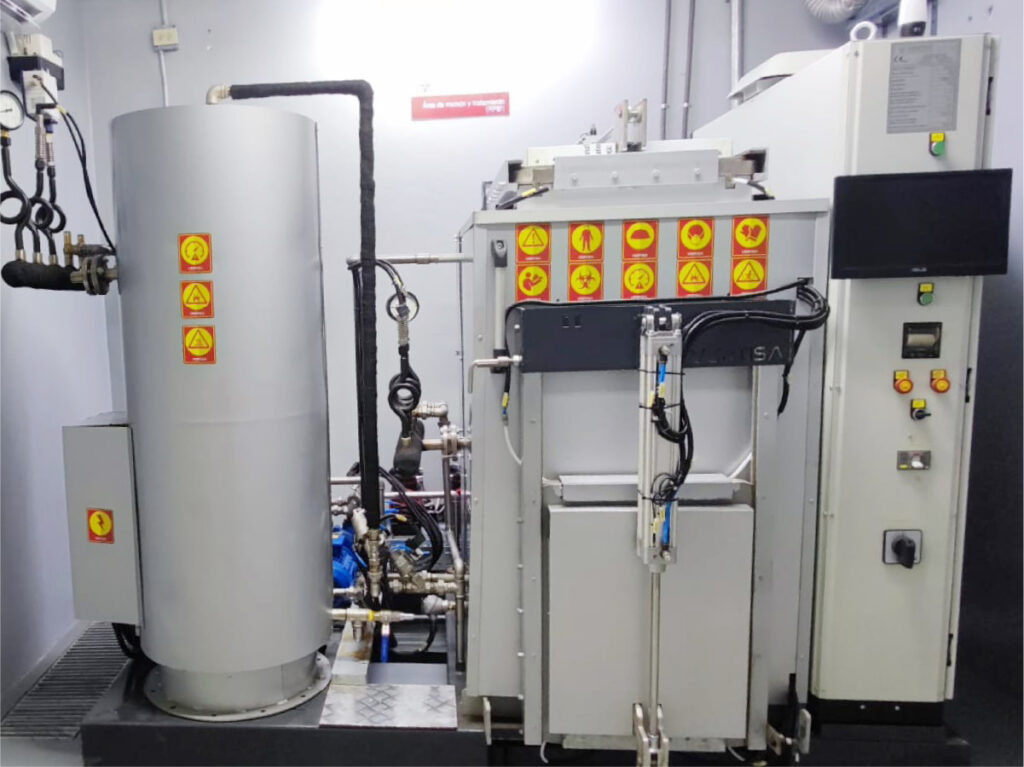
Managing Veterinary Medical Waste
Managing veterinary medical waste is vital for the safety of animals, staff, and the environment. Here we show you some alternatives.
Understanding Veterinary Medical Waste
Significance of Proper Disposal
Legal and Ethical Obligations



Understanding Autoclave Sterilization:
Delve into the process of autoclave sterilization for veterinary medical waste. From loading to steam exposure, grasp the steps involved in rendering waste harmless.
Advantages of Autoclave Sterilization:
Highlight the benefits of using autoclaves for veterinary medical waste. Efficiency, cost-effectiveness, and minimal environmental impact make autoclaving a preferred method. The steam boilers complement autoclaves in the disposal process. Steam generated by boilers enhances the effectiveness of autoclave sterilization for certain types of waste.
Identify the specific types of veterinary medical waste suitable for autoclave sterilization. Tailoring disposal methods based on waste characteristics ensures optimal results.
Challenges in Veterinary Medical Waste Disposal:
Address common challenges in veterinary medical waste disposal, such as varied waste types and the need for staff training. Propose solutions to overcome these hurdles.
Environmental Considerations:
Discuss the environmental implications of veterinary medical waste disposal. Highlight eco-friendly practices and the role of autoclaves in minimizing the ecological footprint.
Training Veterinary Staff:
Detail the importance of training veterinary staff in proper waste disposal practices. Education and awareness contribute to a culture of responsibility within the veterinary community.
Looking Ahead: Innovations in Veterinary Waste Management:
Conclude by discussing emerging innovations in veterinary waste management. From advanced autoclave technologies to sustainable practices, the future holds promise for safer and more responsible disposal methods.
By prioritizing proper management and disposal of veterinary medical waste, veterinary practices can ensure the well-being of animals, staff, and the environment, creating a safer and more sustainable future for all.